By Oliver DeMille
 There is an excellent book by John F. Heath entitled, When Bright Kids Can’t Learn: How New Brain Research Can Help Your Child. I highly recommend it.
There is an excellent book by John F. Heath entitled, When Bright Kids Can’t Learn: How New Brain Research Can Help Your Child. I highly recommend it.
Perhaps the most significant contribution of the book, at least for me, is the idea that Teaching and Learning are two entirely different things. This seems obvious when you think about it, but most modern educators don’t point it out very often.
Teaching has its own set of goals and objectives, techniques and systems, and measurements of success. So does Learning. But there are a lot of these in Teaching that are drastically different than in Learning. This is confusing to some students.
In fact, according to Heath, roughly 80% of students are able to effectively translate what they hear from the traditional Teaching side of things into language, habits, processes and thoughts that feed their personal Learning. The problem is that about 20% of students don’t make these translations, and if your student is one of them he or she will struggle with modern schooling.
Some of the 20% have disabilities, others are far above average intelligence, and still others are found throughout the intelligence spectrum. In short, some of our students simply haven’t learned to translate the Teaching world that dominates education into words and ideas that help them effectively Learn.
That’s big. In fact, we’ve known it for a long time, but it’s instructive to see what the researchers are finding in the details.
Back to the Students!
The challenge for education, Heath says, is that most schools and classrooms are teacher-centric, so a teacher who is, for example, visual and likes to teach using mainly reading, writing, charts, diagrams and/graphs will reach some students.
Teachers who are more auditory will use a lot more lecture, and kinesthetic teachers will apply a more hands-on approach.
Some of these work for some students, others for others. Sadly, some students are left out. This is the reason that Thomas Jefferson Education (TJEd) and Leadership Education are student-centric rather than teacher-centric.
We see better results for more students when the student’s needs, learning, and learning styles come first, and teacher preferences are secondary.
Indeed, Heath suggests that in modern education there are two stages: the Teaching phase delivered by a teacher, then the Neurological phase where the student hopefully translates Teaching to Learning. Again, in TJEd the emphasis is on Learning supported or guided by Personal Mentoring—which adopts whatever teaching the student seems to need.
Specific Tools For Student-Centric Parents or Teachers
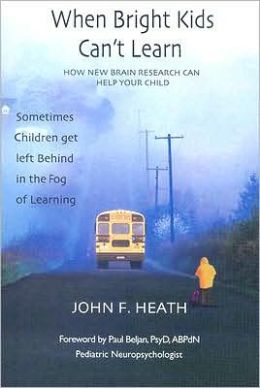 But where Heath’s book excels, even for those who already apply a student-centric approach, is in the 10 specific learning skills and the exercises parents and teachers can do with their students. These are designed to help any student more effectively translate Teaching processes into personal Learning, and they will help any style of parent (or teacher) and any style of student understand each other better—and learn more from each other.
But where Heath’s book excels, even for those who already apply a student-centric approach, is in the 10 specific learning skills and the exercises parents and teachers can do with their students. These are designed to help any student more effectively translate Teaching processes into personal Learning, and they will help any style of parent (or teacher) and any style of student understand each other better—and learn more from each other.
This is, in fact, an activity book that will help adults and students integrate brain functions, increase learning skills, and overcome various learning roadblocks. Plus the exercises are also really fun.
Oh, if you do have a student in a Teacher-centric classroom, this can really help. If not, it’s still a great, enjoyable, boost to learning skills, because every parent and every child have translation issues. These exercises help us all become better translators, listeners, and more skilled learners. Try it!
The exercises are a great way to start out a daily Kidschool. Just do one per day, and make it fun.
****************
For help on personalizing learning for kids of different ages and interests, see The Phases of Learning.
For advanced help in pinpointing learning styles and mentoring needs, see The Student Whisperer.
 Oliver DeMille is the co-founder of the Center for Social Leadership, and a co-creator of TJEd. He is the NY Times Bestselling co-author of LeaderShift, and author of A Thomas Jefferson Education: Teaching a Generation of Leaders for the 21st Century, The Coming Aristocracy: Education & the Future of Freedom, and FreedomShift: 3 Choices to Reclaim America’s Destiny.
Oliver DeMille is the co-founder of the Center for Social Leadership, and a co-creator of TJEd. He is the NY Times Bestselling co-author of LeaderShift, and author of A Thomas Jefferson Education: Teaching a Generation of Leaders for the 21st Century, The Coming Aristocracy: Education & the Future of Freedom, and FreedomShift: 3 Choices to Reclaim America’s Destiny.
Oliver is dedicated to promoting freedom through Leadership Education. He and his wife Rachel are raising their eight children in Cedar City, Utah.





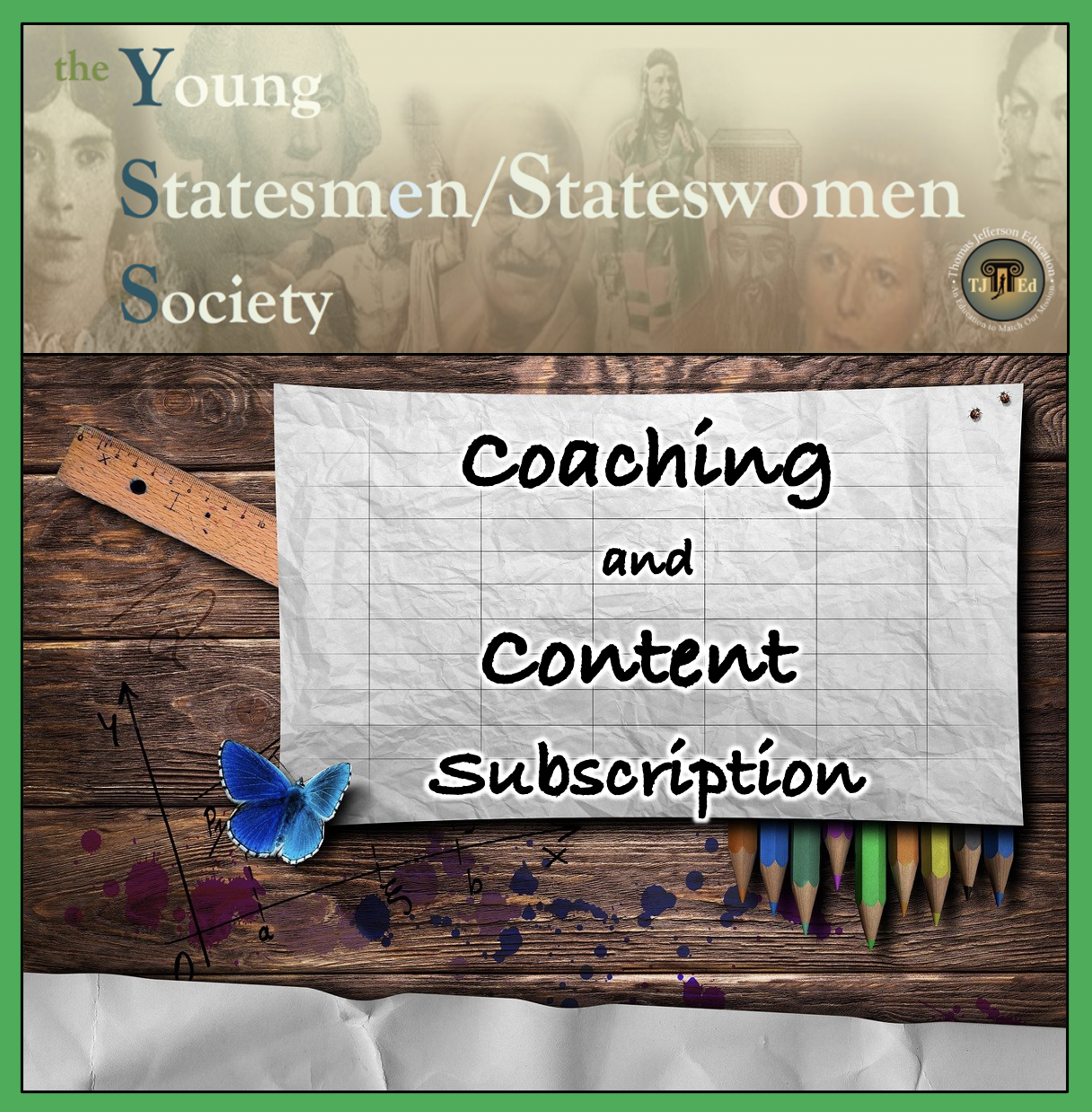
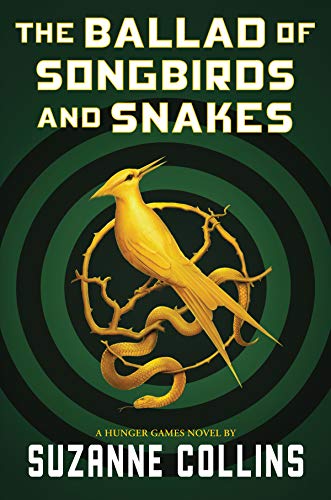
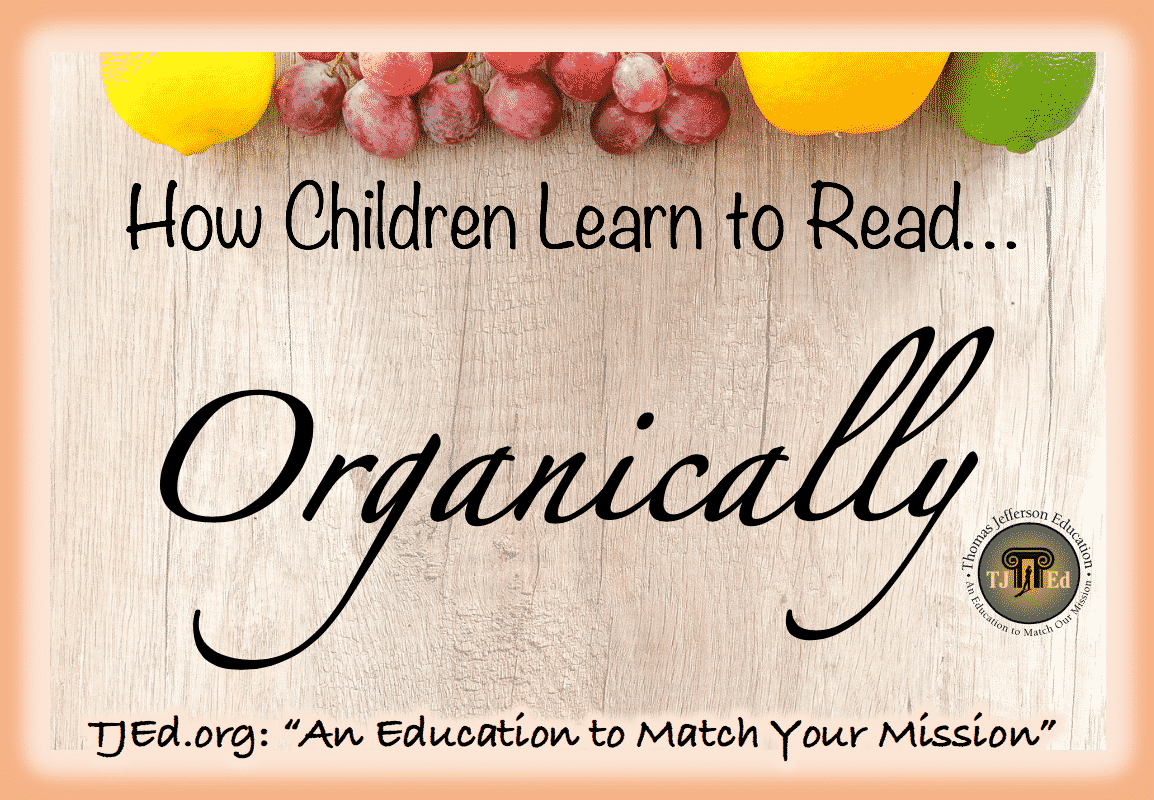

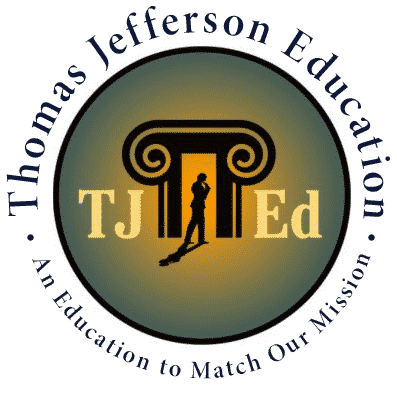

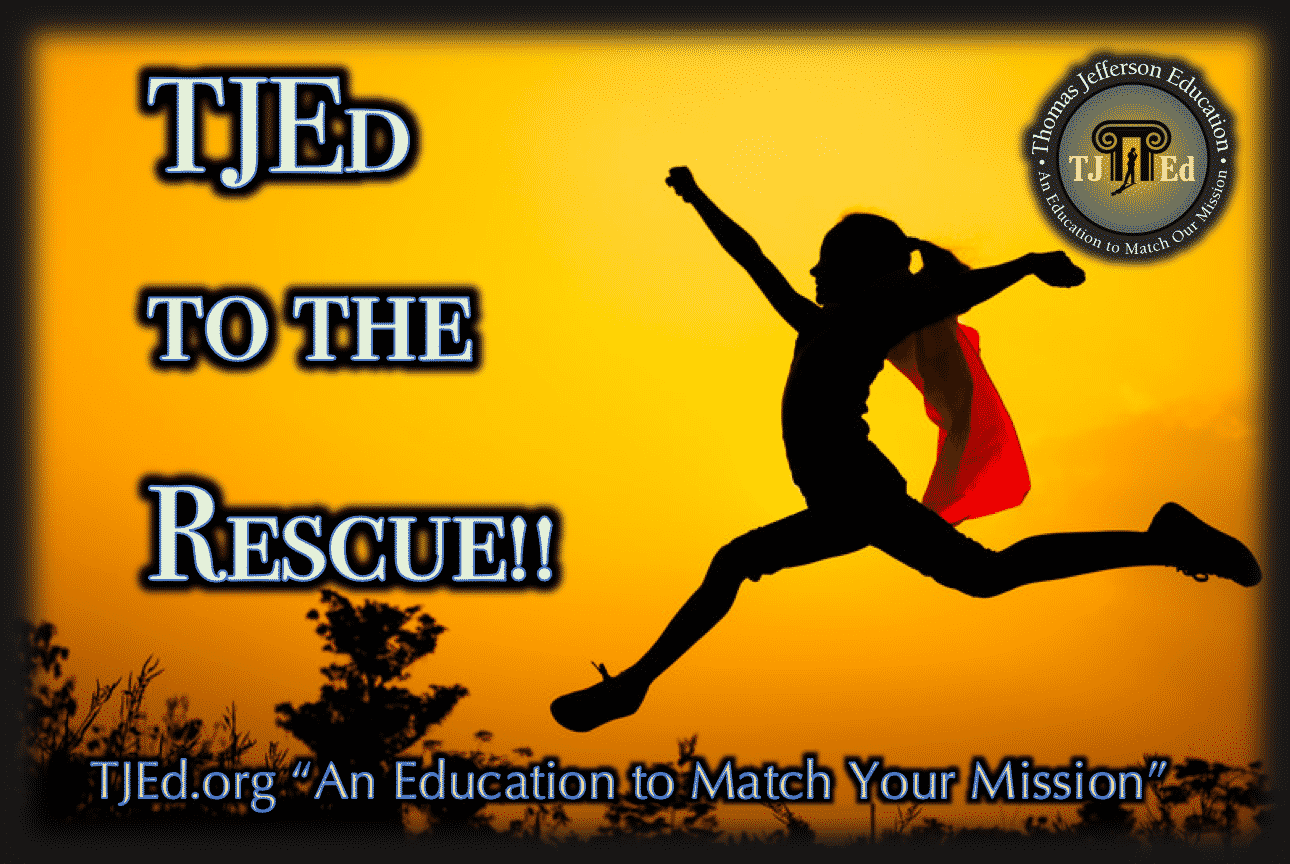
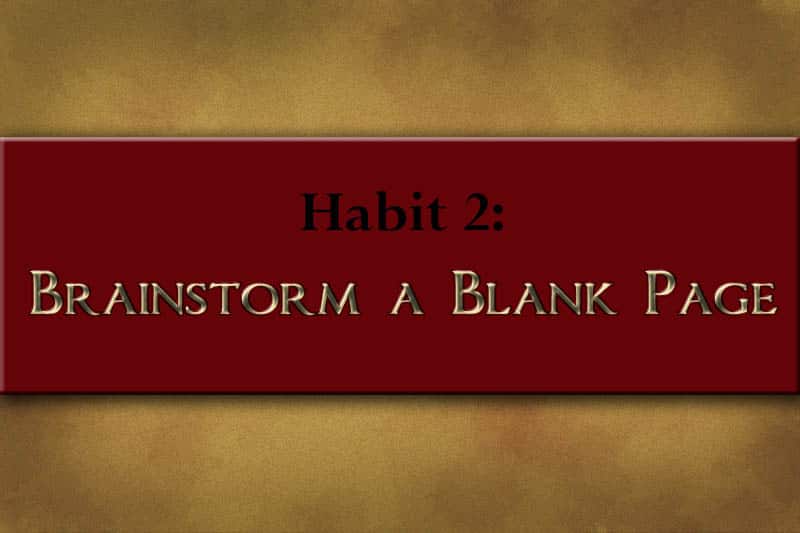


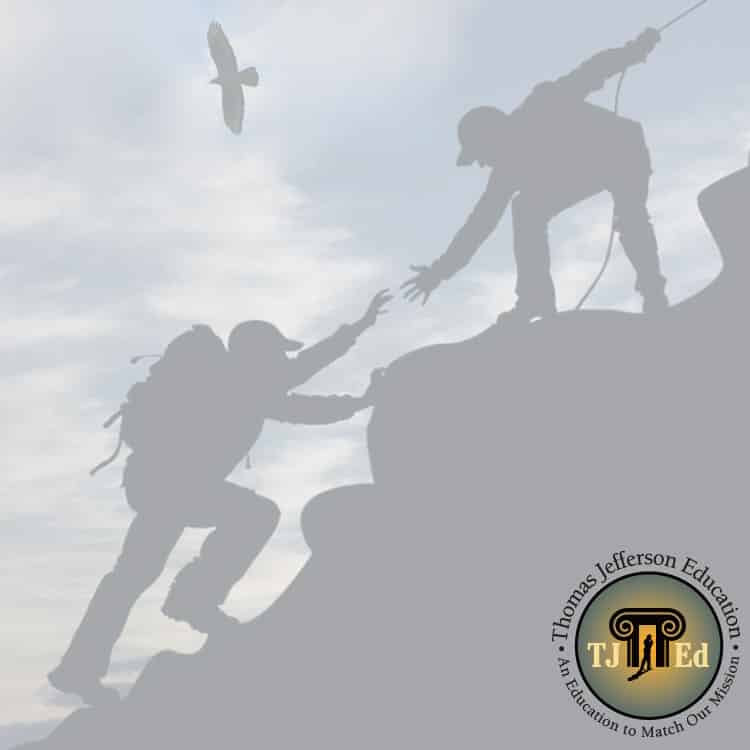
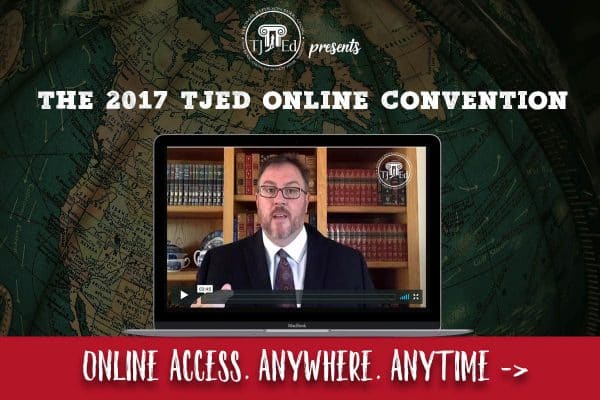




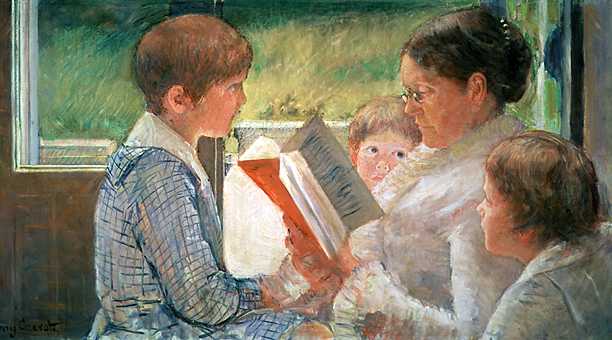

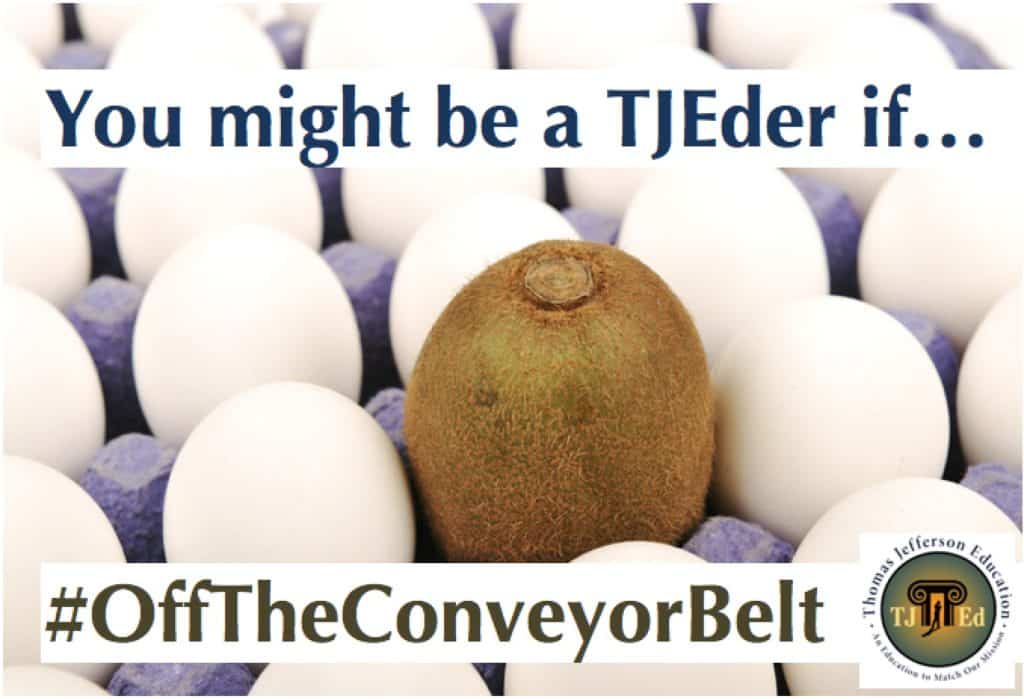


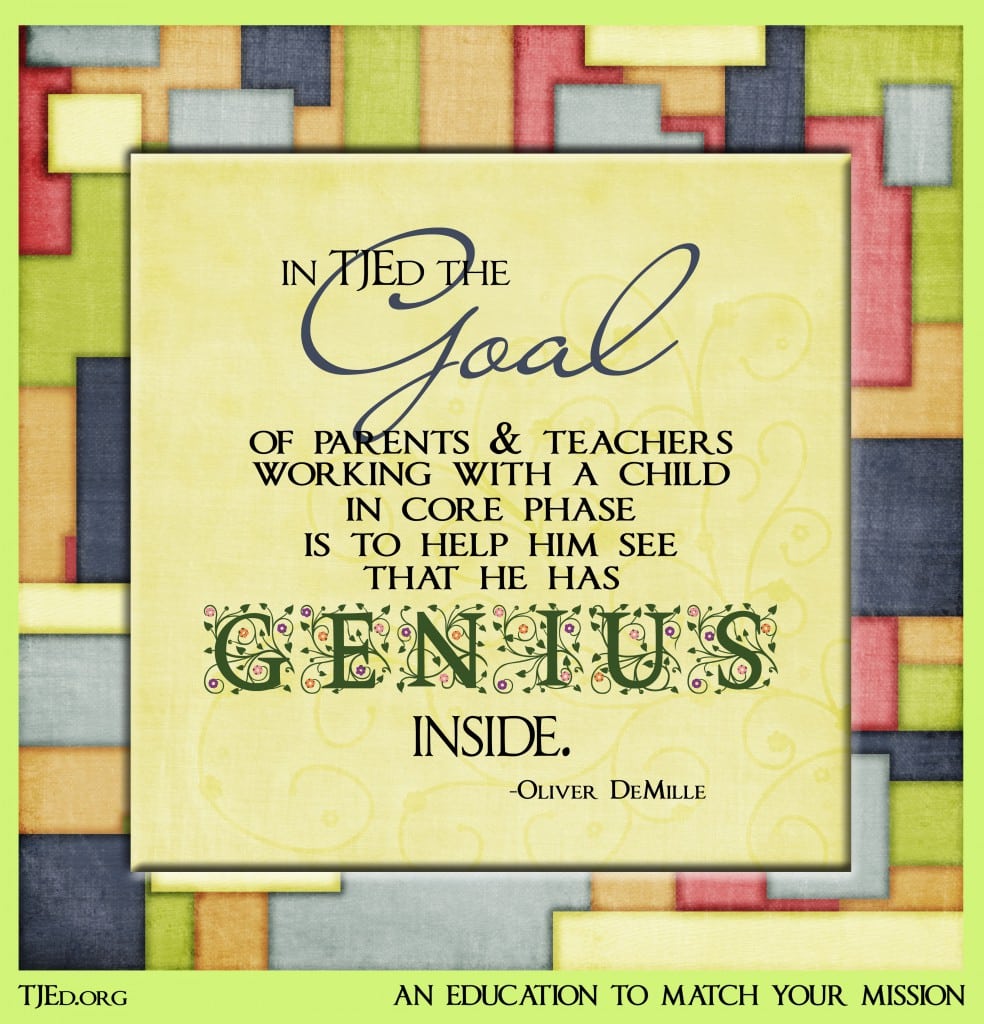



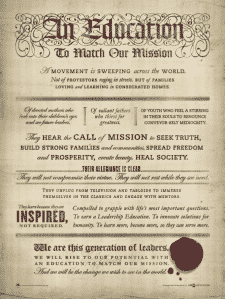



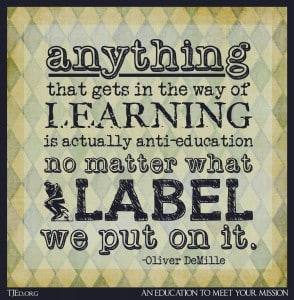
I looked up this book on their website and it is currently a free ebook if anyone is interested. Here is the link:
http://www.learningtechnics.com/When-Bright-Kids-Cant-Learn
I’ve had this book at home for probably a couple of years now and not once did I give it a thought. Perhaps I wasn’t interested in learning about the book because it seemed more like “resource” stuff to help those who have problems, and I “don’t have problems” like this in my own home. After reading this e-mail, I rushed over to my bookshelf and started reading. Cried within the first 2 chapters. I am rushing like a madwoman, wanting to understand this book well, because I need help with one of my children. So very powerful. Thank you. Just wish I had done it sooner.
Something else to keep in mind is that about 20% of the population has a brain that is literally wired differently than the brains of the other 80%. While the majority of brains have a larger left hemisphere, in the minority are those whose brain hemispheres are equally large. Brain studies, especially brain mapping shows that the brains of these people with equal hemispheres do not “light up” in an ordered way, like most of our brains do, but that their brains light up very randomly, making things like reading and writing very difficult to learn. These people are dyslexic, and represent 1 in 5 of our populace. I recommend the Barton reading program if you would like to have real results in retraining a dyslexic brain to light up in an ordered fashion for strong reading and writing skills. If you have a late reader, you should read the warning signs and help your child in a way that will benefit him/her for a lifetime. http://www.bartonreading.com/pdf/Dys%20warning%20signs.pdf
Just downloaded the free eBook! Thanks Suzanne! (If Suzanne’s link doesn’t take you to the free eBook page roll over the “Products” tab and you will see “Free Book Offer” at the bottom of the list.)
Looks like the free book expired. Bummer.
I just downloaded the book. The free book offer is still valid. Here is the page —
http://www.learningtechnics.com/Free-Book-Offer